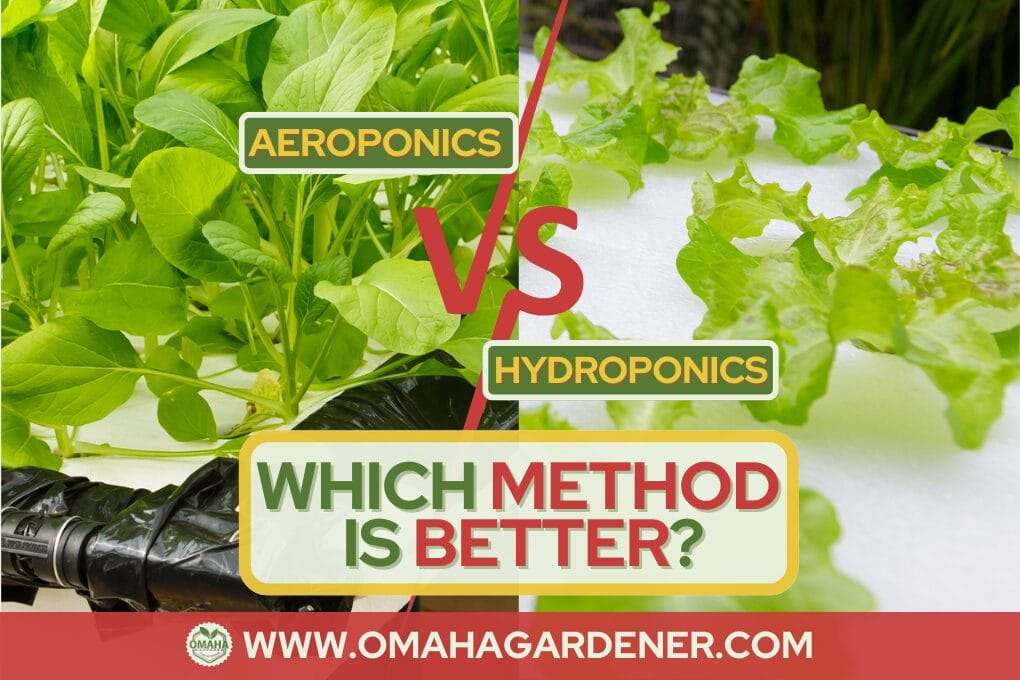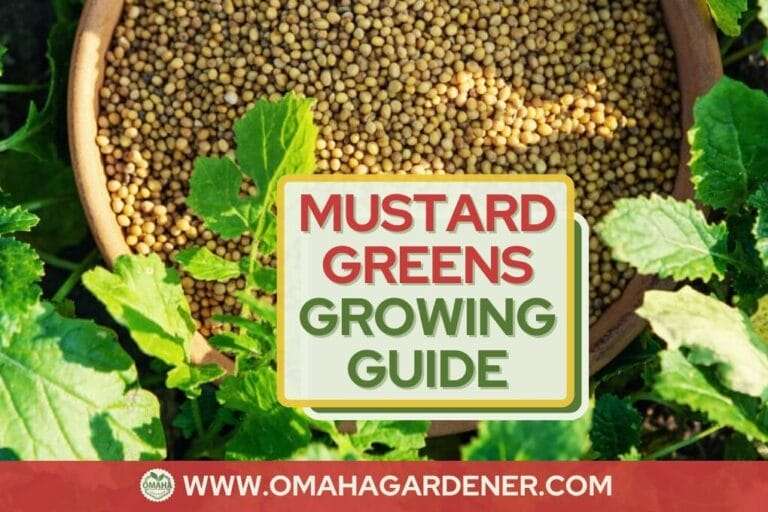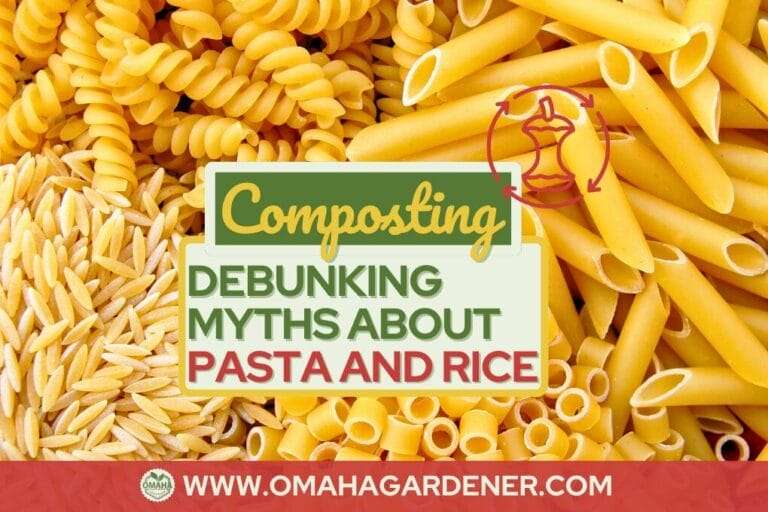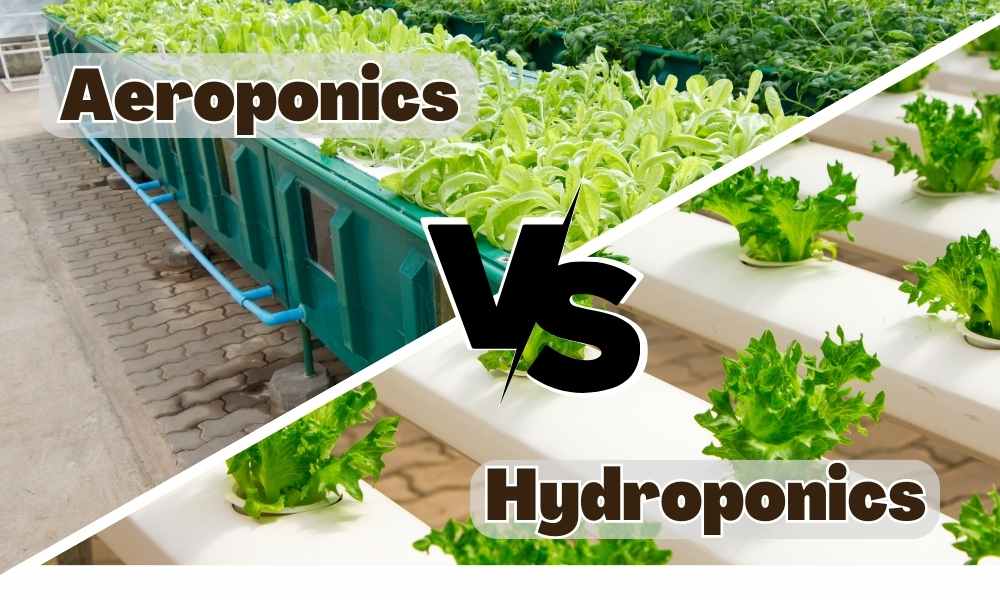
Hydroponics and aeroponics are innovative methods of plant cultivation that offer distinct advantages and disadvantages. While both systems revolutionize traditional gardening, they differ significantly in their mechanisms and applications.
In this article, we'll explore the key differences between aeroponics vs hydroponics, highlighting their system mechanisms, space requirements, water consumption, growing medium usage, environmental compatibility, plant compatibility, nutrient absorption efficiency, maintenance, harvest potential, costs, and their vulnerability to power outages.
Table of Contents
Hydroponics: Harnessing the Power of Water
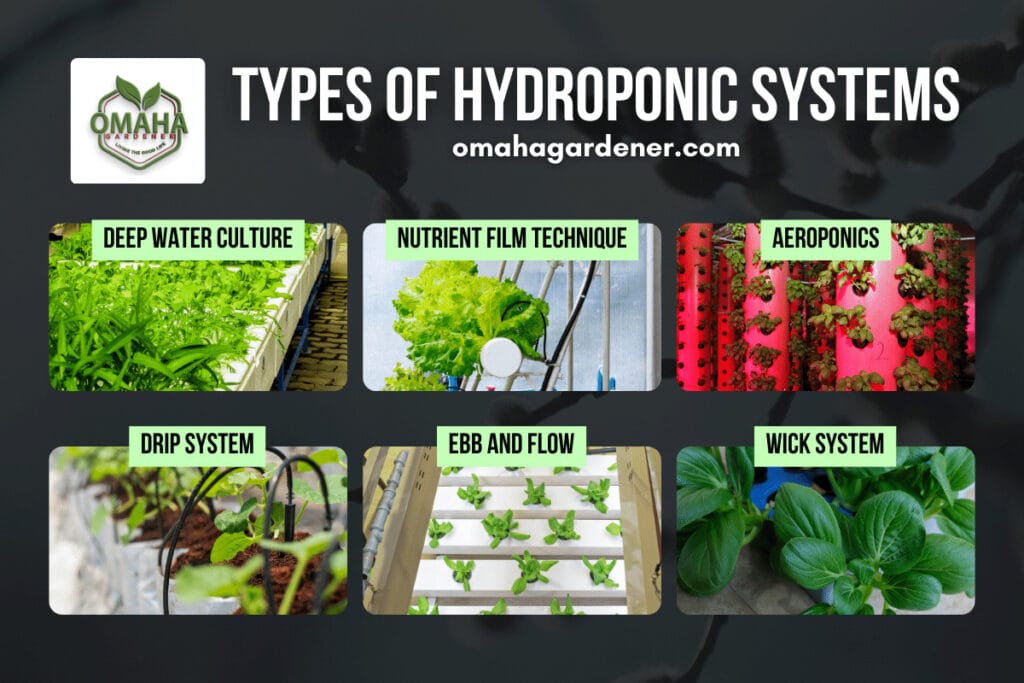
Hydroponics is a well-established method of plant cultivation that involves growing plants in a nutrient-rich solution without the use of soil. Instead, plants are supported by an inert medium like clay pebbles, rock wool, or clay pellets, which help anchor the plants while allowing their roots to access the essential nutrients present in the water solution. This method is particularly efficient in terms of water usage, as it recirculates water through closed-loop systems, resulting in minimal waste.
One of the significant advantages of hydroponics is the efficient use of space. Hydroponic setups require significantly less space than traditional farming, making them ideal for urban farming and indoor environments. Additionally, hydroponic systems allow for precise control over nutrient levels, pH, and other environmental factors, ensuring that plants receive the essential nutrients they need for optimal growth.
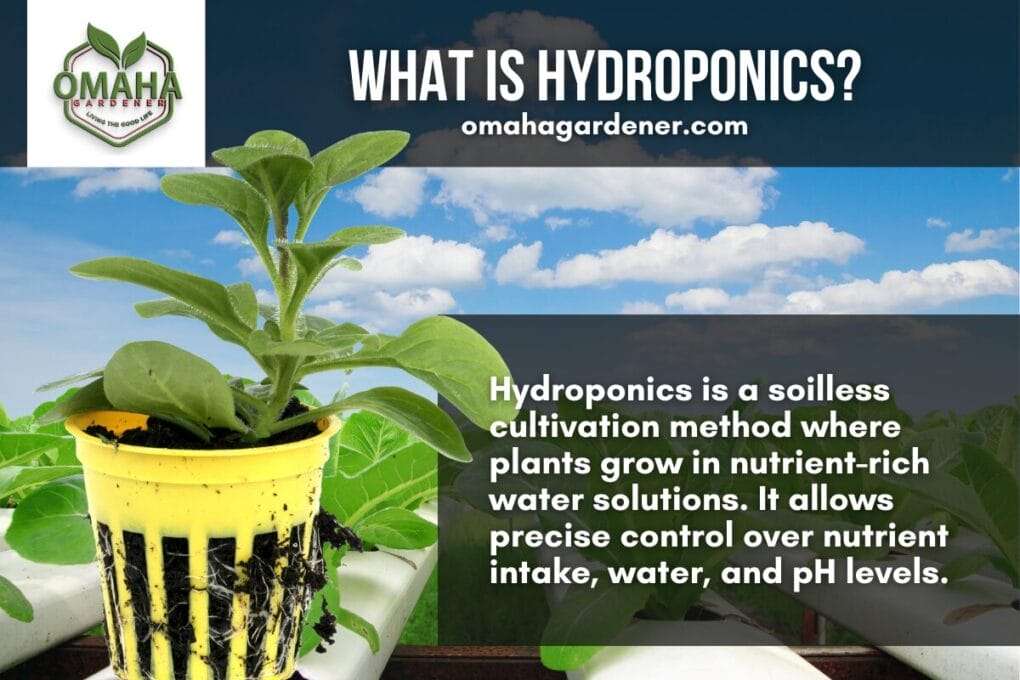
Aeroponics: Nurturing Plants with Air and Mist
On the other hand, aeroponics takes a different approach by suspending plants in the air and delivering nutrients through a fine mist or aerosolized nutrient solution. The roots of the plants are exposed to this nutrient-rich mist, allowing for rapid growth and healthier plants. Aeroponics systems typically use air pumps and air stones to create a mist of nutrient solution at regular intervals, ensuring that the plant's roots receive a constant supply of essential nutrients.
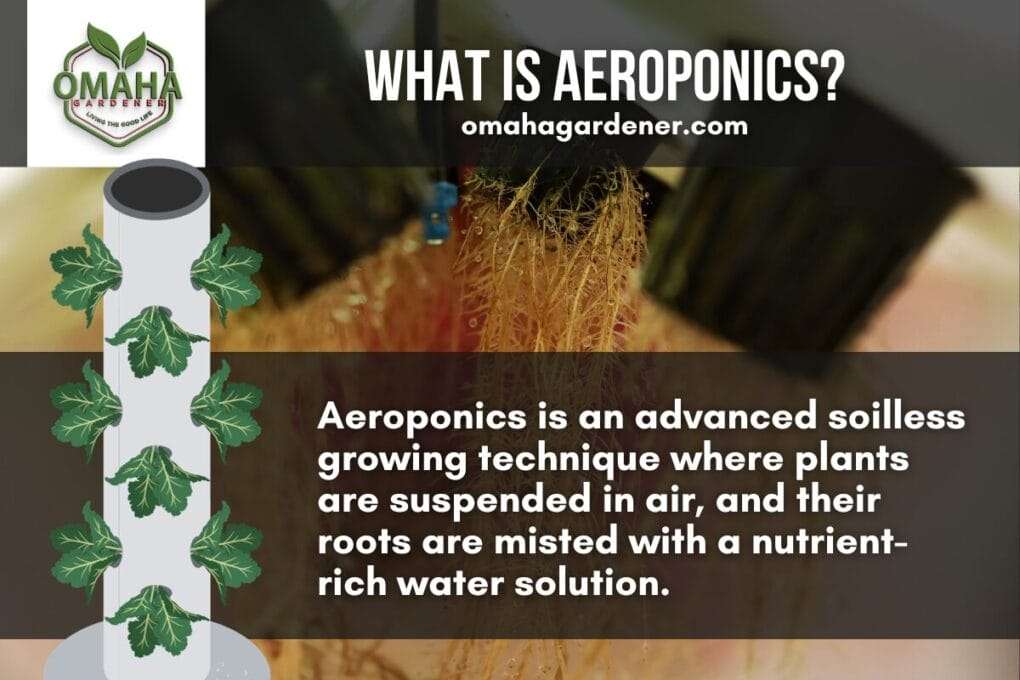
The main advantage of aeroponics is its ability to provide an even higher level of control over the growing environment. With precise control over nutrient delivery, humidity, and temperature, aeroponic farming systems can result in faster growth rates, bigger yields, and healthier plants. The efficient use of water is another highlight of aeroponics, as it utilizes significantly less water compared to traditional farming methods.
10 Major Differences Between Hydroponics and Aeroponics
Hydroponics and aeroponics are both soilless methods of cultivating plants, but they have distinct differences in how they deliver nutrients and support plant growth.
| Factor | Hydroponics | Aeroponics |
|---|---|---|
| Nutrient Delivery | Roots submerged in water | Roots suspended in air |
| Growing Medium Usage | Uses medium | Does not use medium |
| Water Consumption | More water | Less water |
| Space Requirements | Horizontal space | Vertical space |
| Maintenance | Low maintenance | High Maintenance |
| Plant Compatibility | More plants compatible | Less plants compatible |
| Nutrient Absorption Efficiency | Less efficient | More efficient |
| High Maintenance | Low | High |
| Yield | Less | More |
| Costs | Less | More |
Here are the major differences between hydroponics and aeroponics, along with explanations for each:
1. Nutrient Delivery Method
The primary difference is how plants receive nutrients. Hydroponics relies on direct contact with the nutrient solution, while aeroponics uses a misting system to deliver nutrients, providing better aeration and nutrient absorption efficiency.
- Hydroponics: In hydroponics, plants are grown with their roots submerged in a nutrient-rich water solution. The roots are in constant contact with the nutrient solution, which provides the essential elements for plant growth.
- Aeroponics: In aeroponics, the plant roots are suspended in the air, and nutrients are delivered to them in the form of a fine mist or spray. The roots are exposed to both air and nutrients, allowing for more efficient absorption.
2. Growing Medium Usage
Hydroponics relies on growing mediums to anchor plant roots and provide support, while aeroponics doesn't require any growing medium, reducing costs and potential contamination.
- Hydroponics: Hydroponic systems often use growing mediums like coco coir, hydroponic clay balls, peat moss, or rockwool to support plant roots and provide stability.
- Aeroponics: Aeroponics eliminates the need for growing mediums, as plant roots are suspended in the air, usually supported by a collar or platform with openings for the roots.
3. Water Consumption
Aeroponics stands out for its exceptional water-saving capabilities, making it an environmentally friendly option.
- Hydroponics: Hydroponic systems typically use less water compared to traditional soil gardening, but they still use more water than aeroponics. Water is continuously in contact with the roots.
- Aeroponics: Aeroponics is highly water-efficient and uses significantly less water compared to both hydroponics and traditional soil gardening due to the misting nutrient delivery system.
4. Space Requirements
Aeroponics excels in space utilization, making it suitable for situations where space is limited.
- Hydroponics: Hydroponic systems vary in space requirements, but they generally take up more horizontal space, depending on the specific design.
- Aeroponics: Aeroponic systems are highly space-efficient and can be set up vertically, allowing for optimal space utilization.
5. Maintenance
Aeroponics systems tend to be more complex and require regular monitoring and maintenance to ensure optimal nutrient delivery and plant health.
- Hydroponics: Hydroponic systems generally require less maintenance, especially simpler systems like the Kratky method. They have fewer mechanical components to manage.
- Aeroponics: Aeroponics systems demand higher maintenance due to the presence of additional mechanical components like LED lights, spray nozzles, and water pumps.
6. Plant Compatibility
Hydroponics offers greater versatility when it comes to the types of plants that can be successfully cultivated.
- Hydroponics: Hydroponic systems support a wide range of plant varieties, including leafy greens, fruiting vegetables, herbs, microgreens, vining plants, bulbs, and more.
- Aeroponics: Aeroponics is more limited in terms of plant compatibility and is best suited for herbs, leafy greens, fruiting vegetables, vining plants, bulbs, and certain citrus plants.
7. Nutrient Absorption Efficiency
Efficient nutrient absorption is crucial for plant growth.
Aeroponics: Aeroponics excels in nutrient absorption efficiency due to the calculated and controlled nutrient delivery, which optimizes resource use.
Hydroponics: Hydroponics may not use nutrients as efficiently because roots are continuously submerged in nutrient water, leading to a decrease in solution strength over time.
8. High Maintenance
Aeroponic systems require higher maintenance than hydroponic systems.
Aeroponics: Aeroponic systems demand higher maintenance due to additional mechanical components like LED lights, spray nozzles, and water pumps.
Hydroponics: Hydroponics can range from low-maintenance Kratky systems to more complex setups but generally require less upkeep than aeroponics.
9. Yield
The potential yield and quality of harvest differ between these systems.
Aeroponics: Aeroponics tends to produce higher yields per unit area and higher-quality crops due to reduced susceptibility to pests and diseases.
Hydroponics: Hydroponics offers a relatively high harvest quantity and quality, making it a suitable option for those with limited space.
10. Costs
The financial aspect plays a significant role in choosing between these systems.
Aeroponics: Aeroponics involves higher initial and operating costs, including the system itself, LED lights, water pumps, and other components.
Hydroponics: Hydroponics can be cost-effective, especially when using recycled materials for system construction.
List of Pros and Cons: Aeroponics vs Hydroponics
The choice between hydroponics and aeroponics depends on your specific goals, resources, and level of experience as a grower. Each system has its unique advantages and challenges, so consider these factors carefully when deciding which method is best for your needs.
Aeroponics Pros
- Produces more harvest per unit area due to efficient space utilization.
- Requires less water, using up to 98% less compared to traditional gardening.
- Eliminates the need for growing medium, reducing costs and potential contamination.
- Absorbs nutrients more efficiently, optimizing resource use.
- Less affected by environmental conditions, such as pests and diseases.
- Can potentially provide higher-quality harvests.
- Suitable for commercial gardening and high-value crops.
Aeroponics Cons
- High initial costs due to the purchase of system components like LED lights, water pumps, and spray nozzles.
- High operation costs, particularly related to electricity usage.
- Higher maintenance requirements due to mechanical components.
- Limited plant compatibility compared to hydroponics.
- Highly vulnerable to power outages; the entire system shuts down without electricity.
- Requires technical knowledge and expertise, making it less suitable for beginners.
Hydroponics Pros
- Can be made from recycled materials, reducing costs.
- Generally cheaper to set up compared to aeroponics.
- Requires fewer electrical components, making it more energy-efficient.
- Low maintenance, especially in simple systems like the Kratky method.
- Supports a wide range of plant varieties.
- Less affected by power outages; can survive for at least 24 hours without electricity.
- Beginner-friendly, with various system designs available.
Hydroponics Cons
- Requires more space compared to aeroponics.
- Uses more water than aeroponics, although still more efficient than traditional soil cultivation.
- Highly affected by environmental conditions such as pH, temperature, and nutrient levels.
- Nutrient resources (water and nutrients) may not be used as efficiently because of continuous immersion of roots.
- Some complex hydroponic systems can be expensive to set up.
Aeroponics vs. Hydroponics: Which Is Right for You?
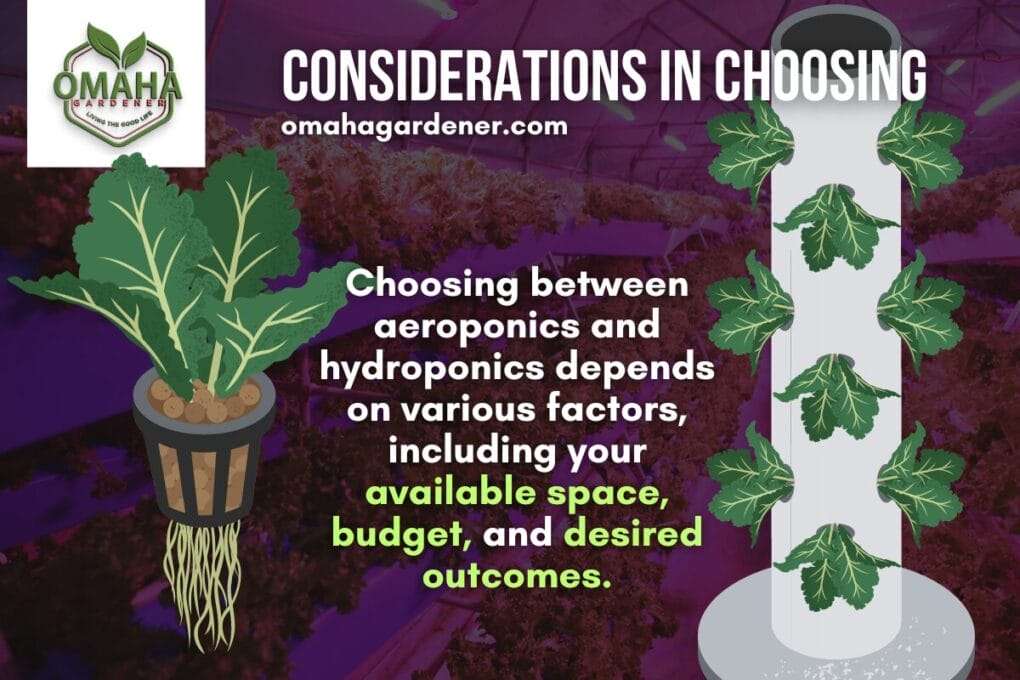
Choosing between aeroponics and hydroponics depends on various factors, including your available space, budget, and desired outcomes. Here are some key points to consider:
- Space: If you have limited space, aeroponics may be the better option due to its compact nature and efficient use of available space.
- Initial Cost: Aeroponic setups can be more expensive to install initially, but they can result in bigger yields and savings in the long run due to faster growth rates and lower water usage.
- Control: Aeroponics offers a higher level of control over the growing environment, making it suitable for growers who want precision in nutrient delivery and other environmental factors.
- Resource Efficiency: Both systems are more resource-efficient compared to traditional farming, but aeroponics often requires fewer resources than hydroponics.
- Ease of Use: Hydroponics, with its ready-made kits and established techniques like the nutrient film technique and drip systems, can be more accessible to beginners.
- Yields: While both systems can result in larger yields compared to traditional farming, aeroponics may have an edge in terms of rapid growth and bigger plants.
- Water Conservation: If water conservation is a priority, aeroponics is a clear winner as it utilizes water more efficiently.
Ultimately, the choice between hydroponics and aeroponics depends on your specific goals, resources, and level of experience as a grower. Each system has its unique advantages and challenges, so consider these factors carefully when deciding which method is best for your needs.
Conclusion
Hydroponics and aeroponics are both excellent choices for urban farming and agricultural methods that offer numerous advantages over traditional farming. The decision between the two ultimately depends on your specific goals, available space, and budget. Whether you choose the tried-and-true hydroponics system or the cutting-edge aeroponics system, you'll be on the path to growing healthier plants with higher yields in a controlled environment that maximizes the efficient use of water and resources.

